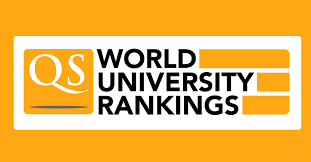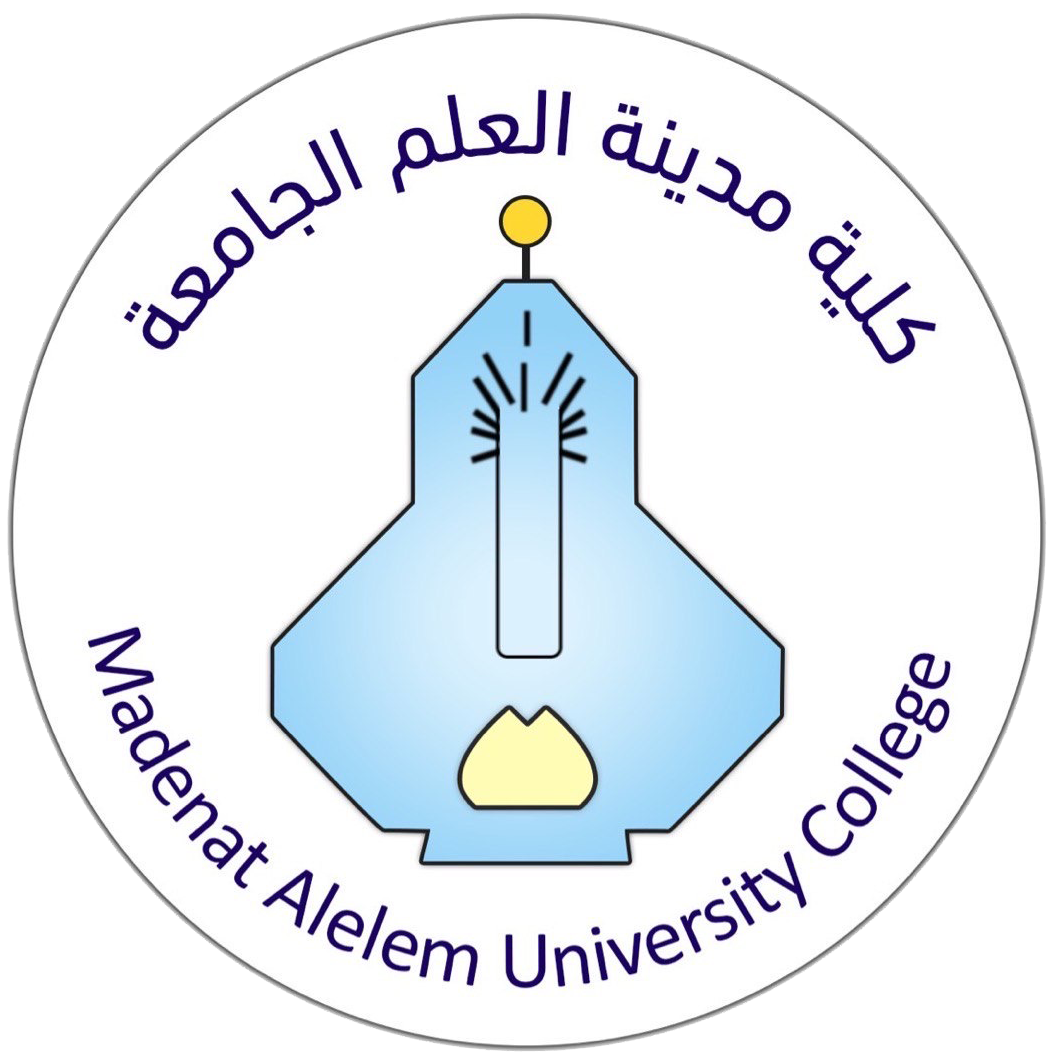
World University Rankings
Is the ranking of universities in terms of quality of education, academic level, and the level of scientific research depends on a set of criterions.
QS World University Rankings
QS World University Rankings is an annual publication of university rankings by Quacquarelli Symonds (QS). Previously known as Times Higher Education-QS World University Rankings, the publisher had collaborated with Times Higher Education (THE) magazine to publish its international league tables from 2004 to 2009 before both started to announce their own versions. QS then chose to continue using the pre-existing methodology while Times Higher Education adopted a new methodology to create their rankings.
QS World University Rankings are based in part on hard data and part on factors drawn from two large global surveys – one of the academics and another of employers. These are a key characteristic of the QS ranking approach and offer some key benefits.
QS has rejected many proposed criteria (e.g. financial metrics like research income) which cannot be independently validated or are subject to exchange rate and business cycle fluctuations. Instead, our Advisory Board favour maintaining a strong emphasis on peer review, for important reasons
QS Methodology
Thus, universities continue to be evaluated according to the following six metrics:
- Academic Reputation(40%)
- Employer Reputation(10%)
- Faculty/Student Ratio (20%)
- Citations per Faculty (20%)
- International Faculty Ratio (5%)
- International Student Ratio (5%)
Academic reputation (40%)
The highest weighting of any metric is allotted to an institution’s Academic Reputation score. Based on our Academic Survey, it collates the expert opinions of over 80,000 individuals in the higher education space regarding teaching and research quality at the world’s universities. In doing so, it has grown to become the world’s largest survey of academic opinion, and, in terms of size and scope, is an unparalleled means of measuring sentiment in the academic community.
Employer reputation (10%)
Students will continue to perceive a university education as a means by which they can receive valuable preparation for the employment market. It follows that assessing how successful institutions are at providing that preparation is essential for a ranking whose primary audience is the global student community.
Our Employer Reputation metric is based on over 40,000 responses to our QS Employer Survey and asks employers to identify those institutions from which they source the most competent, innovative, effective graduates. The QS Employer Survey is also the world’s largest of its kind.
Faculty/Student Ratio (20%)
Teaching quality is typically cited by students as the metric of the highest importance to them when comparing institutions using a ranking. It is notoriously difficult to measure, but we have determined that measuring teacher/student ratios is the most effective proxy metric for teaching quality. It assesses the extent to which institutions are able to provide students with meaningful access to lecturers and tutors and recognizes that a high number of faculty members per student will reduce the teaching burden on each individual academic.
Faculty/student Ratio constitutes 20 percent of an institution’s final score.
Citations per faculty (20%)
Teaching is one key pillar of an institution’s mission. Another is the research output. We measure institutional research quality using our Citations per Faculty metric. To calculate it, the total number of citations received by all papers produced by an institution across a five-year period by the number of faculty members at that institution.
We use a five-year publication window for papers, so for this edition, we looked at papers published from 2012 to 2016. We then take a look at a six-year citation window; reflecting the fact that it takes time for research to be effectively disseminated. In this edition, we look for citations from 2012-2017.
All citations data is sourced using Elsevier’s Scopus database, the world’s largest repository of academic journal data. This year, QS assessed 66 million citations from 13 million papers once self-citations were excluded.
International faculty ratio/International student ratio (5% each)
A highly international university acquires and confers a number of advantages. It demonstrates an ability to attract faculty and students from across the world, which in turn suggests that it possesses a strong international brand. It implies a highly global outlook: essentially for institutions operating in an
internationalised higher education sector. It also provides both students and staff alike with a multinational environment, facilitating the exchange of best practices and beliefs. In doing so, it provides students with international sympathies and global awareness: soft skills increasingly valuable to employers. Both of these metrics are worth 5% of the overall total.
QS activities in MAUC

